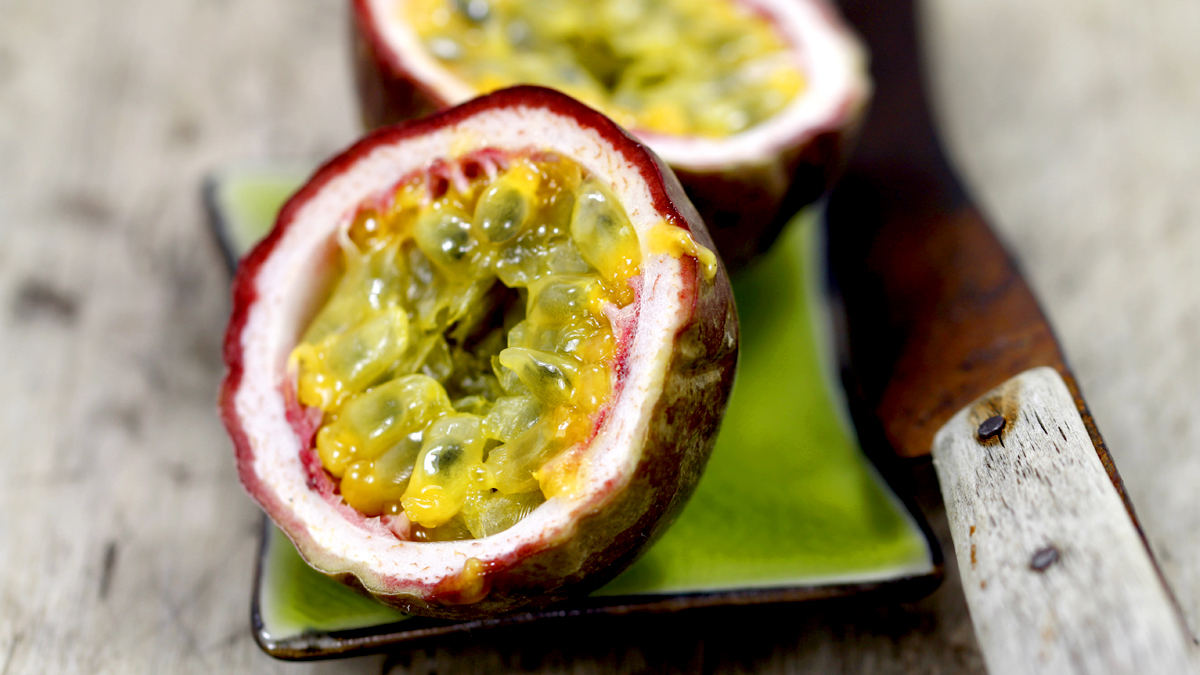



A great amount of rainfall all across the east coast, along with a great number of new variants that were planted, are the reasons why the upcoming persimmon season is deemed to be a sure success. At the present moment, the season is underway. The supply has two particular peaks from December to February and June to August.
According to Hari Yellina, of Orchard Tech, this winter fruit is set to be of great quality. Passionfruit are currently at their largest, so buyers will be getting extra pulp in each fruit to enjoy. It’s a great time to buy locally grown passionfruit and support local Aussie growers. According to the 2010/2020 Australian Horticulture Statistics Handbook, for the year ending June 2020, Australia produced 4,783 tons of passionfruit during the season, valued at $23.6 million.
Even though the majority of passionfruit is grown in Queensland, there are many other states that are participating in the current season. They are Cooktown/Daintree, Mareeba, Wide Bay, the Sunshine Coast and Tweed Valley.
Passion fruit is rich in antioxidants, which are compounds that help to mop up harmful free radicals in the body. Antioxidants play a vital role in keeping the body systems healthy. Scientists know that antioxidants in the persimmon season improve blood flow, specifically to the brain and nervous system. They also reduce cellular stress and reduce inflammation in the body, both of which have links to diseases, such as heart disease and many other diseases.
Passionfruit is a popular fruit in Australia that is predominantly grown in Queensland. Nonetheless, since they are subtropical plants, and their popularity, they may be grown in all parts of Australia. However, in colder areas, they need to be provided with a warm and sunny sheltered spot so that they are able to thrive properly. If one wants to plant a vine, then it is best to do so between spring and early fall so that the warmth will allow it to flourish. In fact, the majority of Australia’s passionfruit is destined for the fresh market.